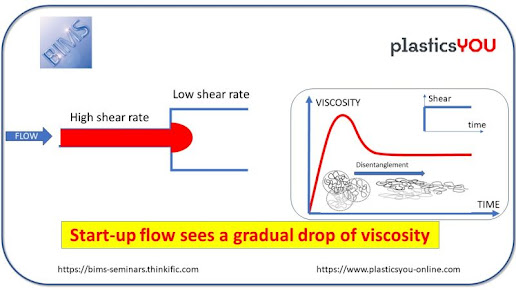Iranian Researcher Investigates Effect of Non-straight Form of CNTs on Nanocomposite Properties
An Iranian researcher from University of Tehran used multi-scaled modeling and investigated the effect of non-straight form of carbon nanotubes on nanocomposite properties at the final material scale.
The researcher assumed the non-straight form of carbon nanotube as a random parameter in his modeling, and he took into account all possible formations during the process of producing the nanocomposite object. Results of the research can be used in different industries such as aerospace, automobile manufacturing, transportation, and energy because all these industries enjoy the advantages of polymeric composites.
The aim of this research was to estimate the mechanical properties of a nanocomposite containing multi-walled carbon nanotube. In this part of the research, the focus was on the effect of non-straight form of the nanotube in resin bed.
The purpose was to study the amount of effect of non-straight form of carbon nanotube in resin media on the mechanical properties. In most of the previous researchers, either the nanotube was assumed to be completely straight, or the non-straight form was assumed to have a specific known shape. In this research, the nanotube was assumed to have an unknown shape.
It was turned out that the non-straight form of carbon nanotube is the most effective parameter in the drop of mechanical properties in the nanocomposite containing carbon nanotube in comparison with other parameters. Non-straight form of carbon nanotube decreases the nanocomposite properties 25-50% in comparison to ideal condition. The decrease in the properties becomes larger in higher volume ratios. It was also turned out that non-straight form has less effect on resins with higher elastic modules.
Results also showed that the non-straight form of carbon nanotube slightly increased Poisson's ratio in the material environment. The non-linear trend and dependency of the nanocomposite modules on volume ratio of the nanotube, confirmed that there was no simple micromechanical correlations to predict mechanical properties of nanocomposites.
One of the results of the research has been published in Composite Structures, vol. 97, March 2013, pp. 304-309.
Source: INIC


Comments
Post a Comment